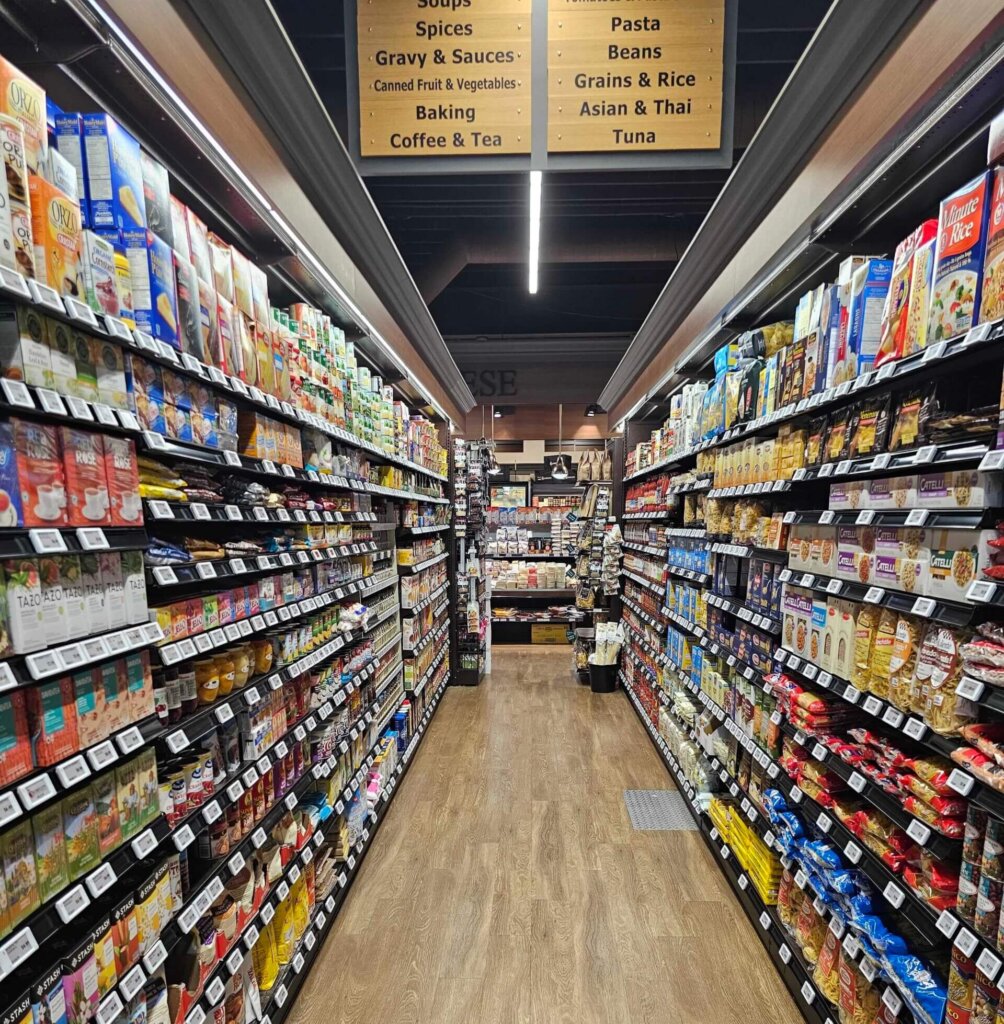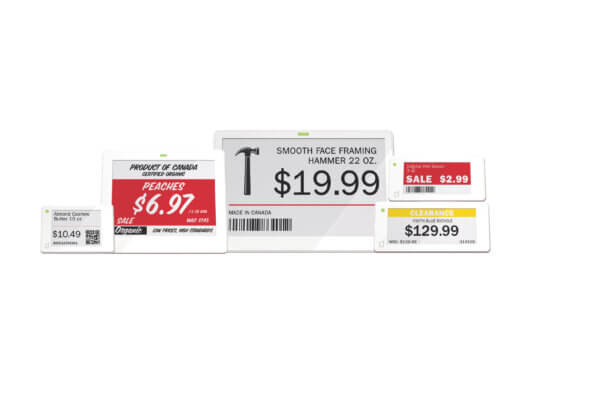In recent years we have witnessed a remarkable transformation in the retail landscape with e-commerce, the rise of online marketplaces, and the convenience of doorstep delivery have all contributed to a significant shift in how consumers shop for groceries and everyday items. While it appeared that traditional brick-and-mortar stores were on the decline, recently, a surprising trend has emerged: customers are rediscovering “the center store”.
“The center store” refers to the core of a standard grocery store, where aisles of non-perishable items like canned goods, dry pasta, condiments, and cleaning supplies are found. This section of stores have often been overshadowed by the fresh and trendy offerings around the store’s periphery. Since the pandemic, customers are beginning to rediscover the center store, where more affordable options are readily available in various forms; coupled with appreciating the value and convenience that this section of the store provides.
“Trends that have been a hallmark of the perimeter, such as a focus on organic and non-GMO products, are also making their way to the centre store with the rise of dedicated health food aisles or sections devoted to vegan diets,” says Liam O’Connell, general manager of Envirosell, a New York-based retail research and consulting firm that counts Longo’s, Real Canadian Superstore, Save-On-Foods and Fresh St. Market among its Canadian clients.
One reason behind this rediscovery is a renewed appreciation for the value that center store items offer. In our current uncertain economic times, consumers are becoming more budget-conscious, and they are realizing that many of their staple items can be found in the center aisles at lower prices than their fresh counterparts. Canned vegetables, pasta, rice, and canned soups, for example, often offer longer shelf lives, reducing food waste and the need for frequent trips to the store. Additionally, center store items may evoke a sense of nostalgia for some shoppers and in an increasingly fast-paced world, these comforting products provide a sense of stability and familiarity.
“If there’s something that can be done structurally that helps highlight the products that are sitting there, that’s where we see a lot of success with inter-aisle displays,” explains O’Connell. The inter-aisle display option is an ideal application for Danavation’s® Digital Smart Labels™ to highlight product offerings with large digital signage which could suggest meal pairings or provide a QR code to scan for a link to a recipe and full product information. The implementation of Digital Smart Labels™ throughout a grocery store provides easy-to-read digital displays, increases operational efficiencies, reduces errors, frees up employees to assist customers’ needs, allows more time for restocking products at the shelf, and most importantly can highlight cost savings and competitive pricing amongst brands.
Joel Gregoire, associate director, food and drink at Mintel says the centre store is an ideal location for grocers to compete on price, using private-label products that offer an enticing combination of quality and competitive pricing. These products can be supported by signage that goes beyond informing consumers of what they can find in the centre aisles, but also how they can save and lower their bill. “[It] can be an impactful way to attract feet and carts to this area of the store,” he says. “Ultimately, the opportunity is to give shoppers a clear reason to come to the centre of the store beyond just getting products that are typically on one’s grocery list, but make the centre of the store a destination for savings or an opportunity to elevate eating and cooking experiences,” suggests Gregoire.
While health and wellness trends have driven shoppers to the store’s perimeter for fresh and organic options, the center store has also adapted to meet these evolving consumer demands. Many brands are now offering healthier versions of traditional center store staples like whole-grain pasta, low-sodium canned vegetables, and organic canned goods which have become more readily available.
Convenience has always been a major factor in the appeal of center store items. When shoppers need to stock up on pantry staples or household essentials, the center store offers a one-stop-shop experience. No need to weave in and out of various sections of the store to complete your shopping list; everything is conveniently located in a central area. As the retail landscape continues to evolve, “the center store” is proving that it has a central role to play in the shopping habits of today’s consumers.



